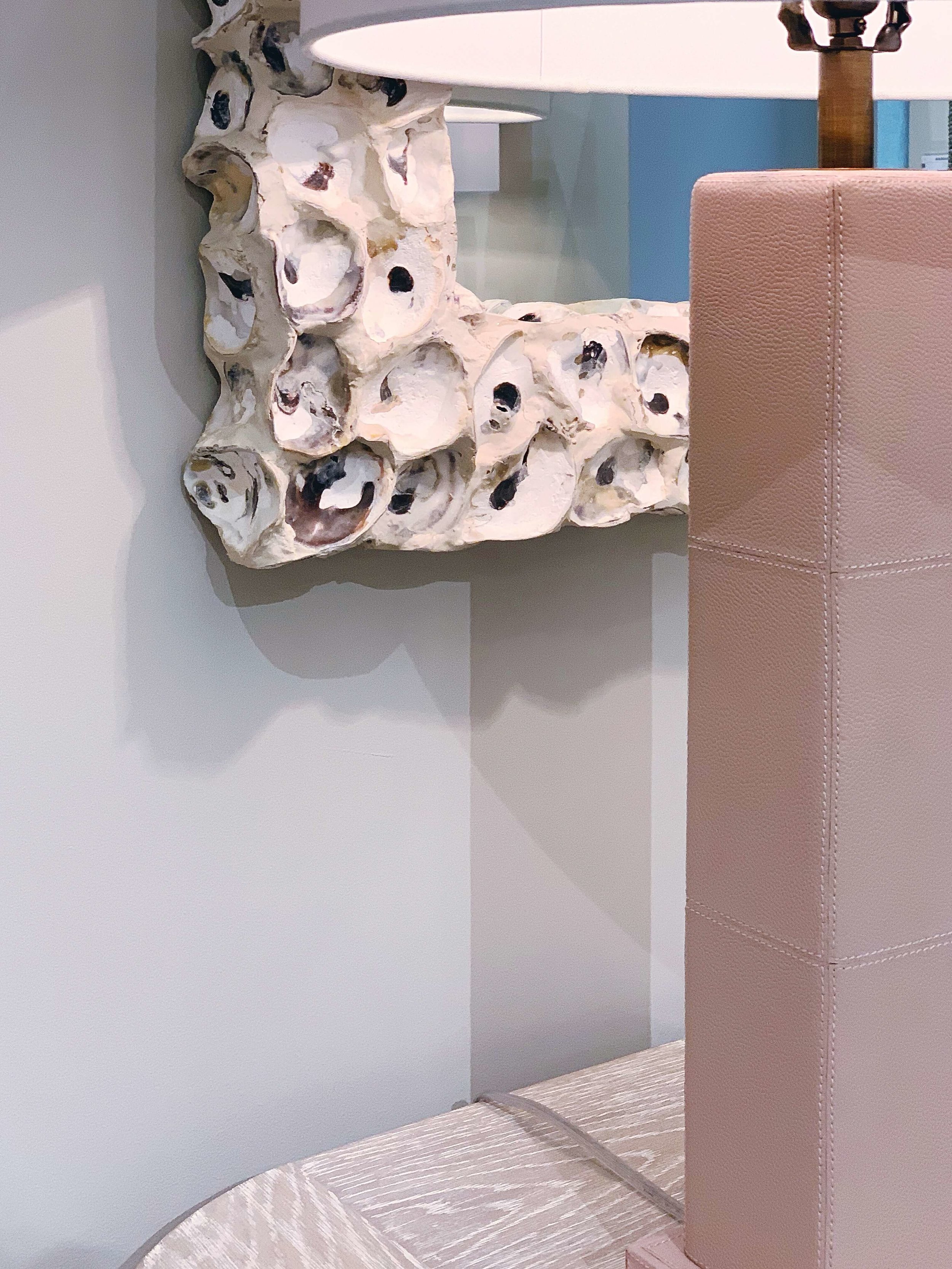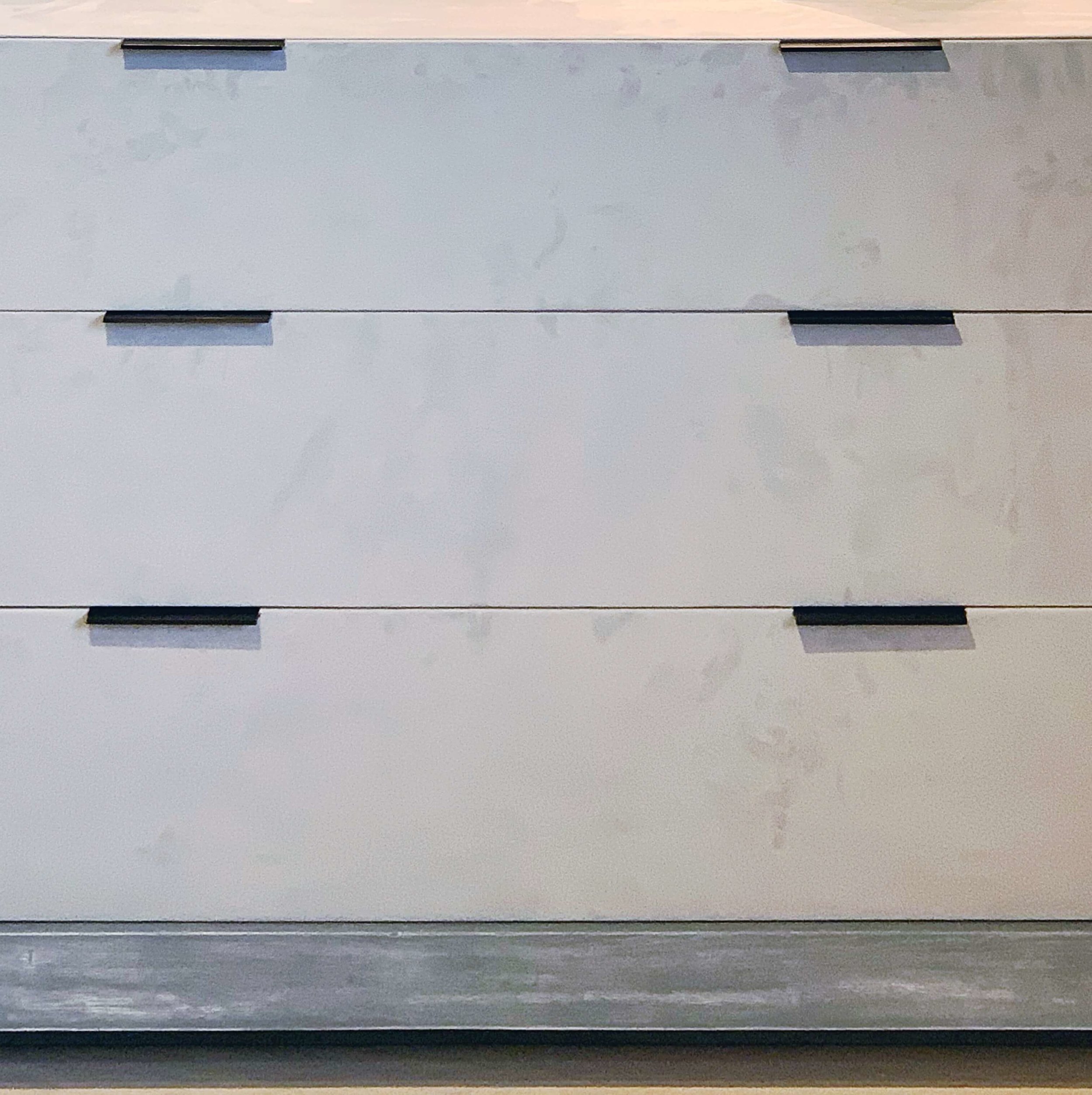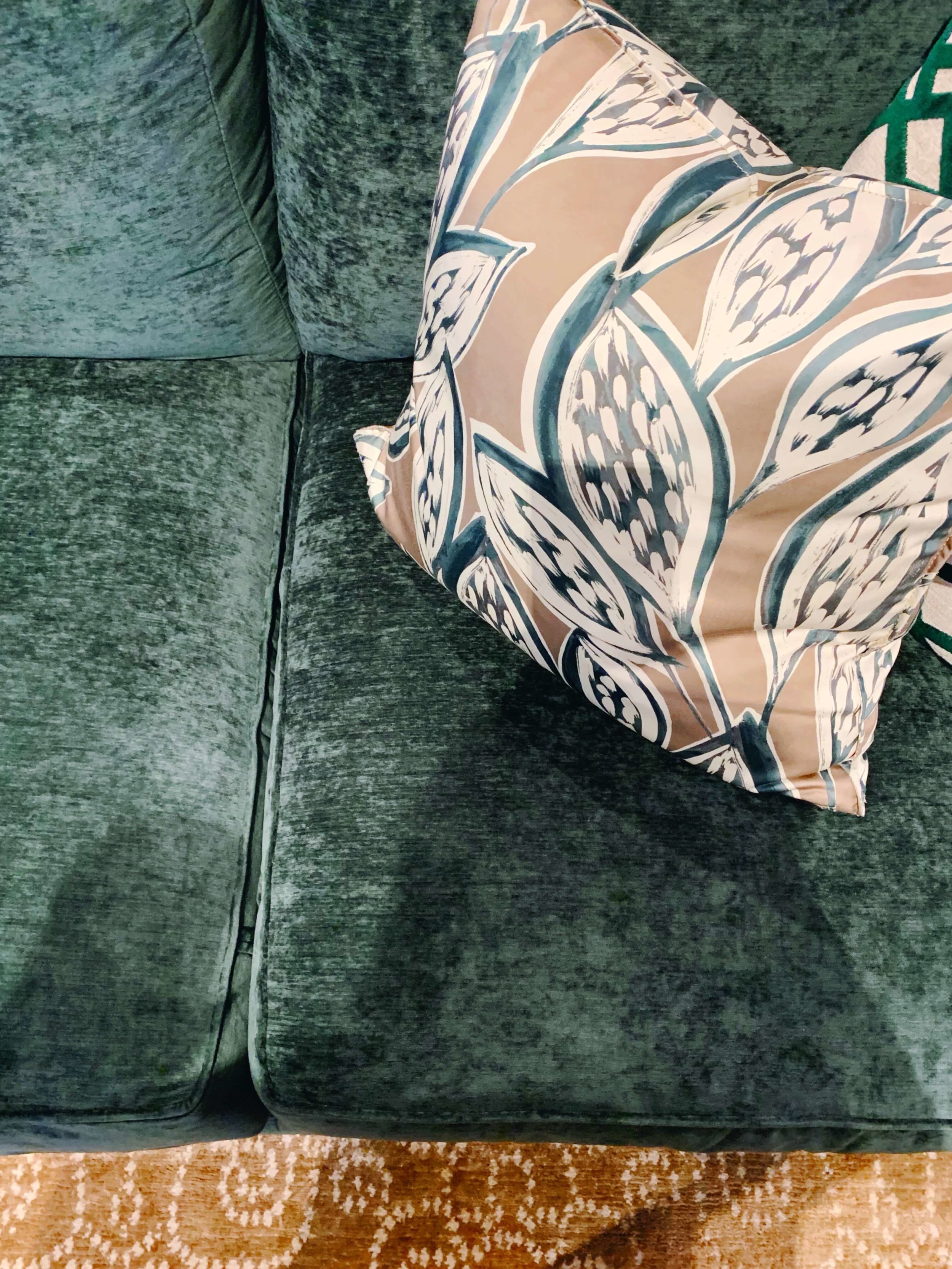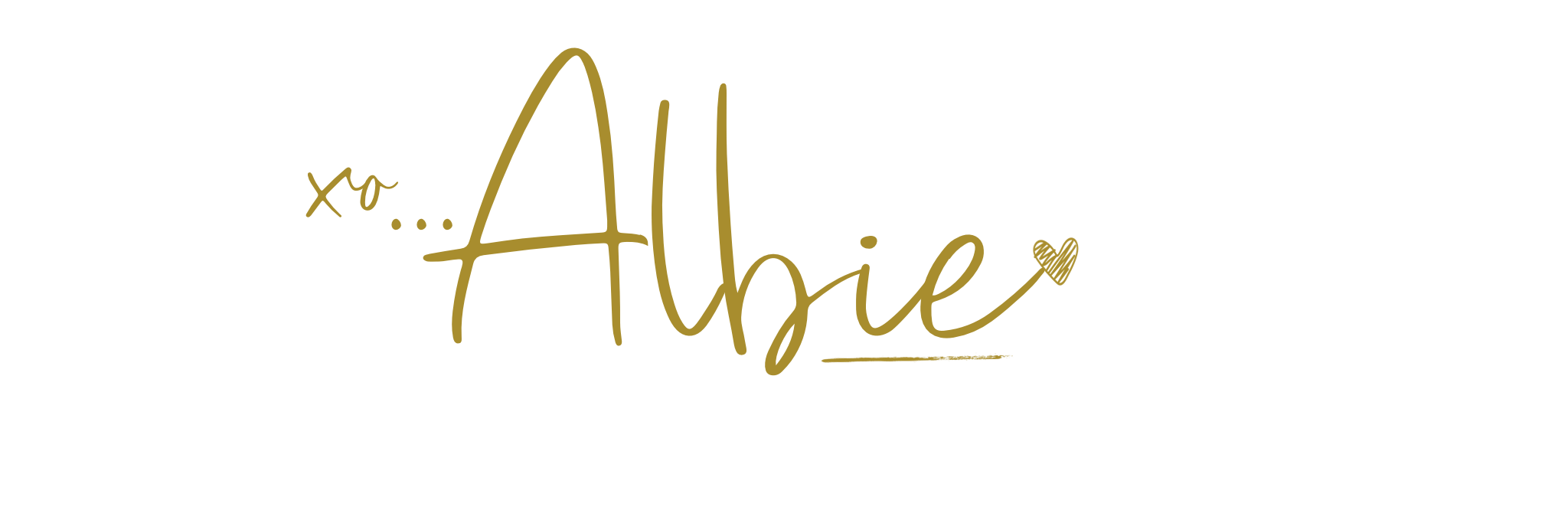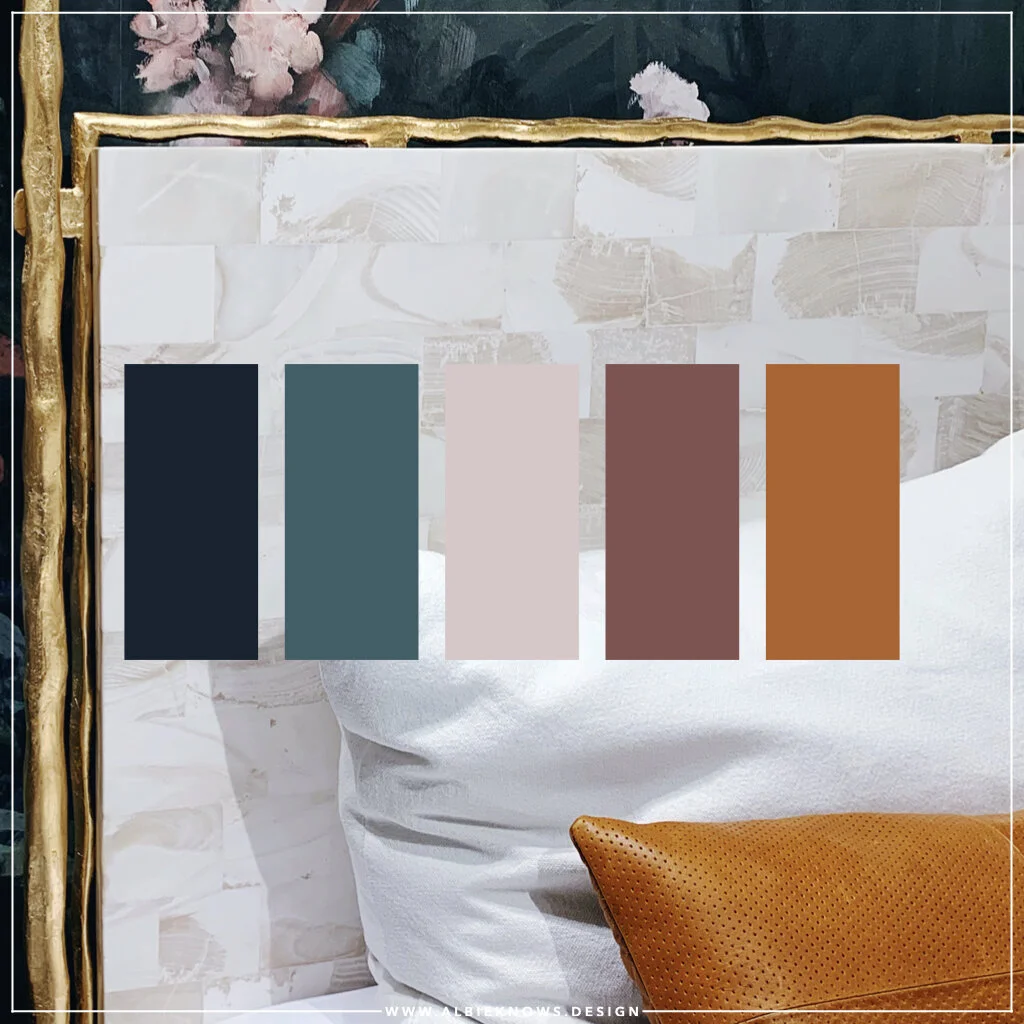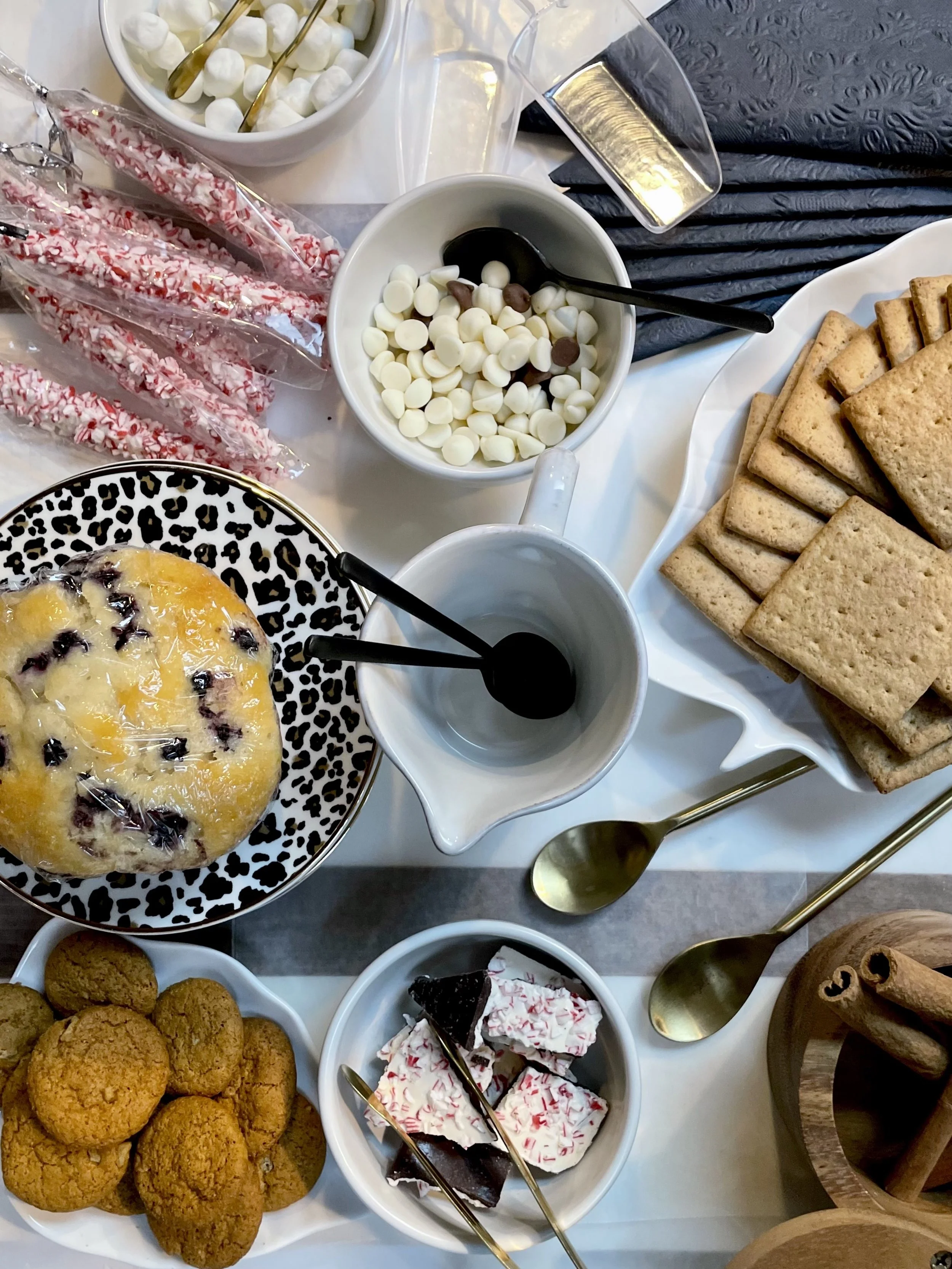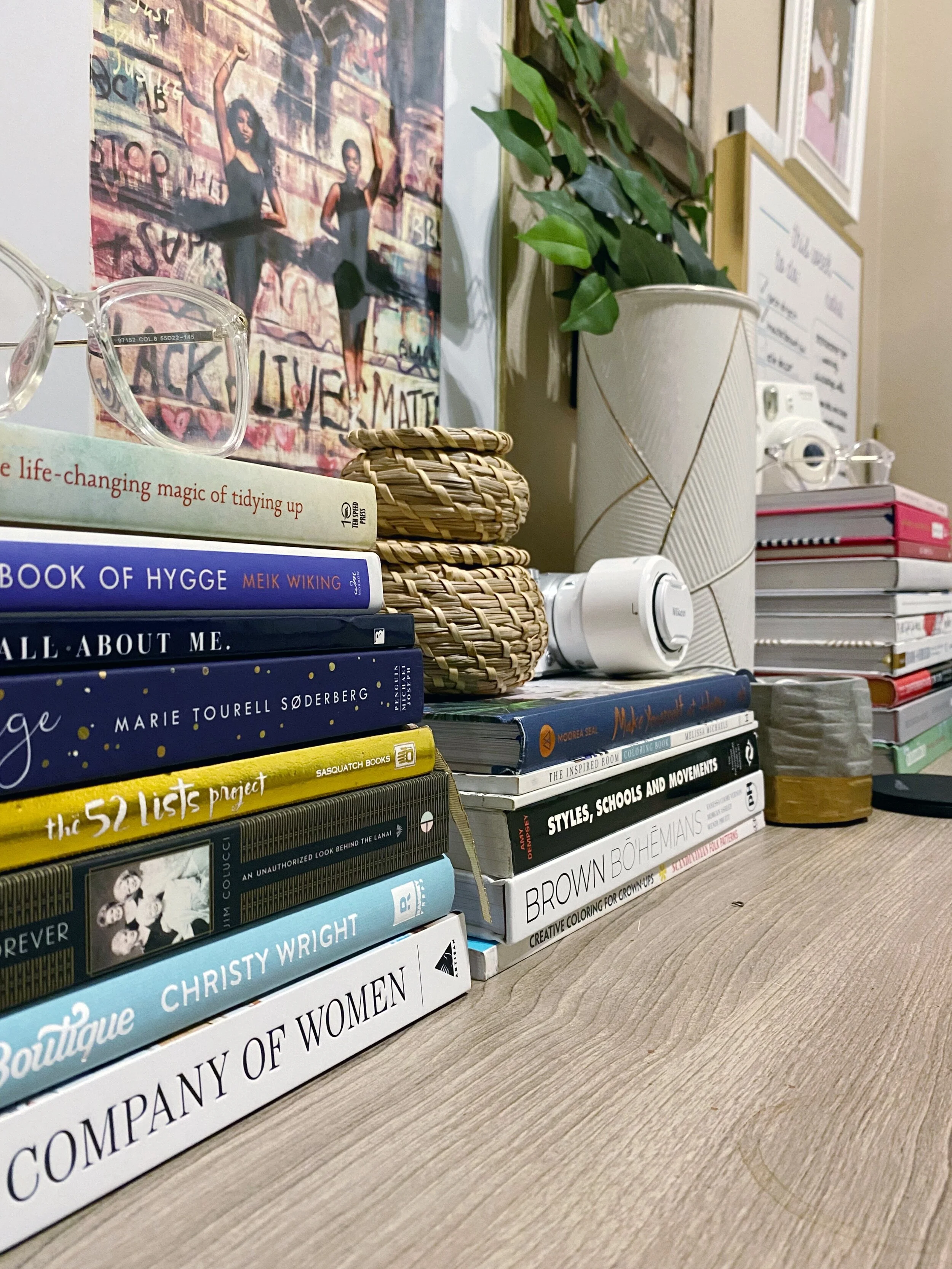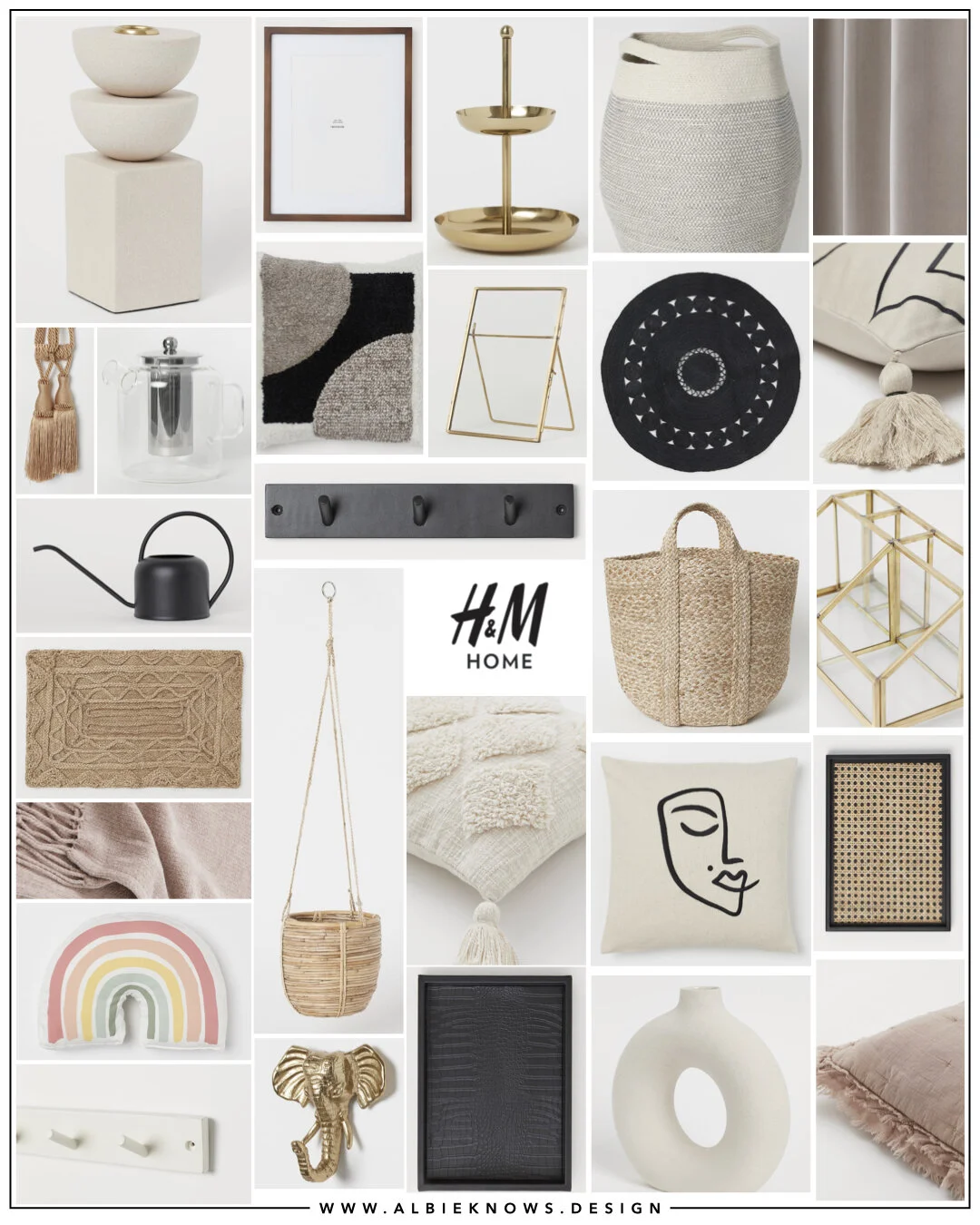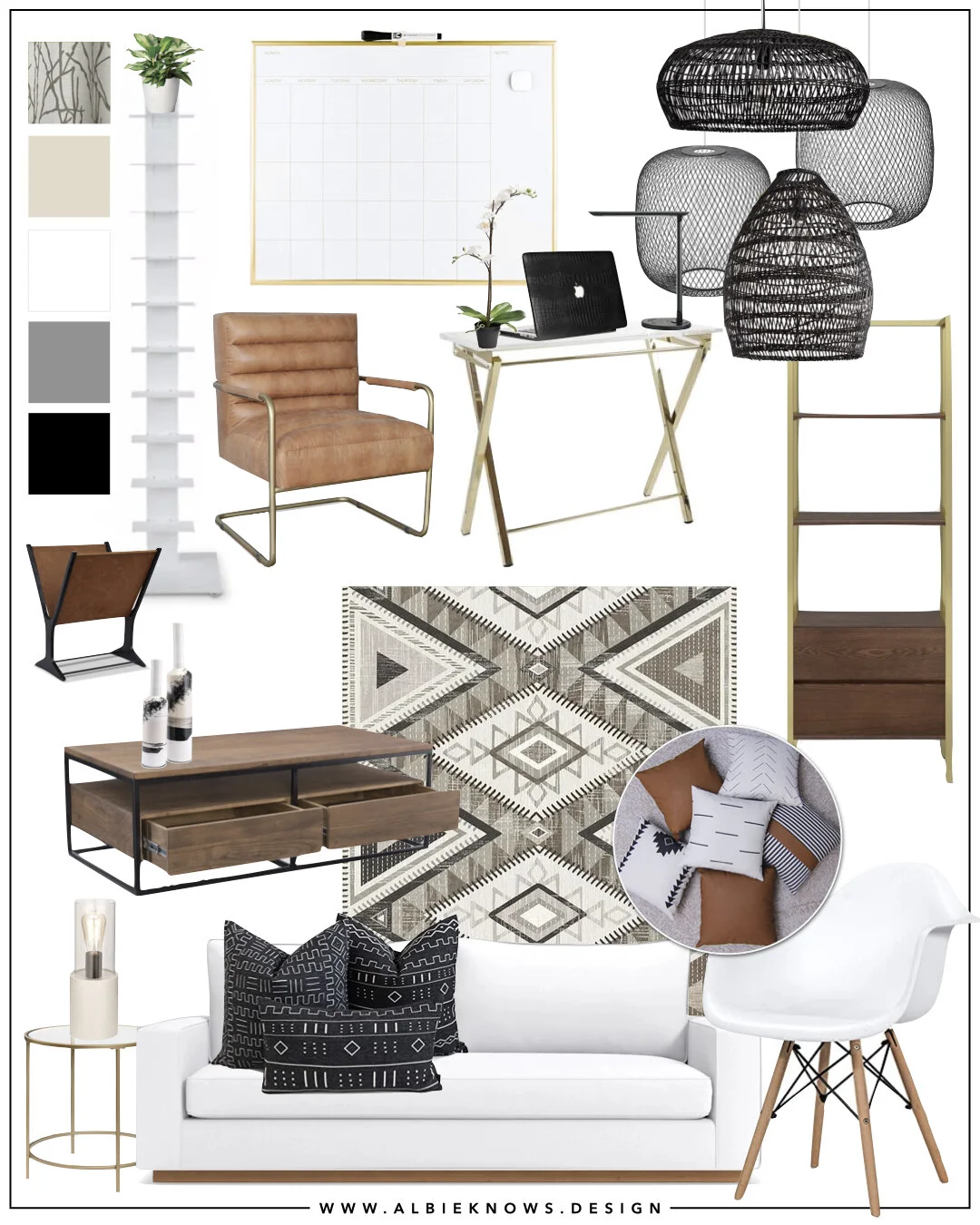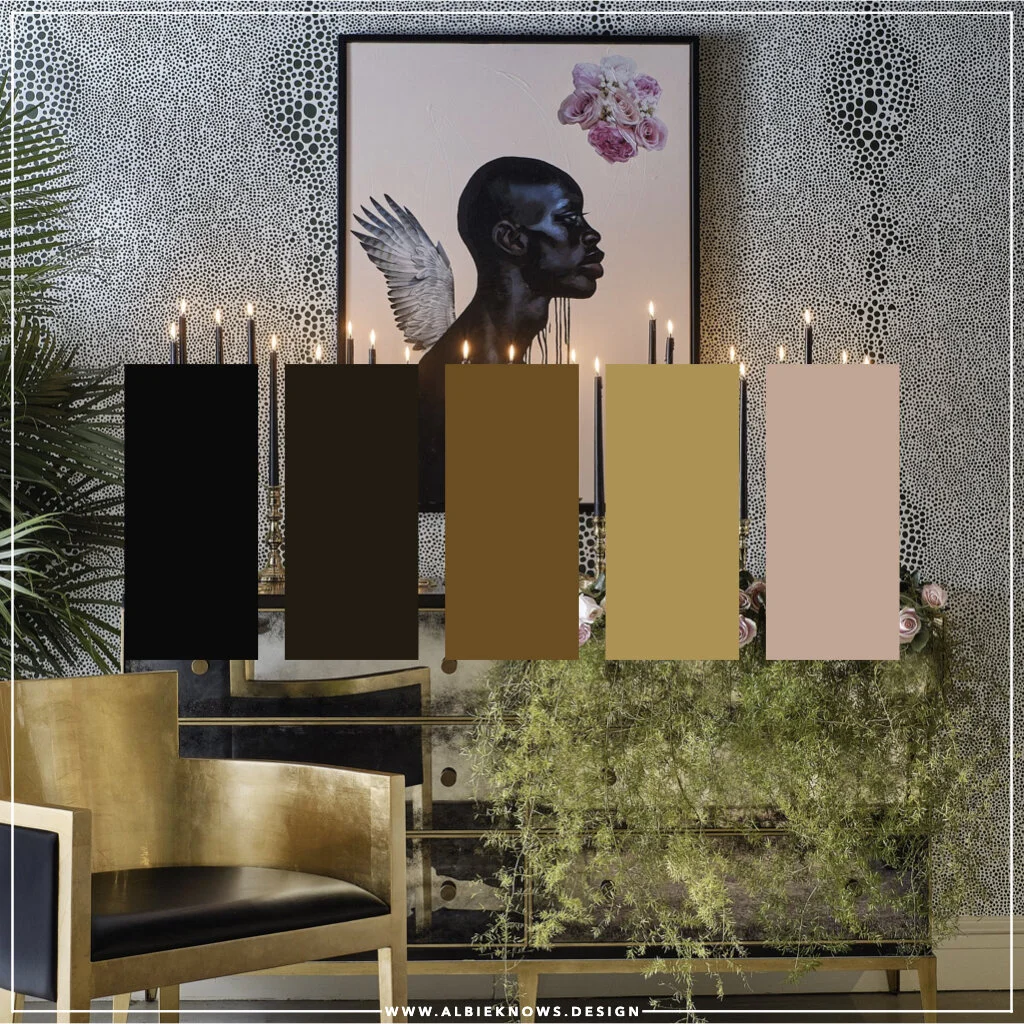Hygge Inspired Design Takeover
It’s no secret that when it comes to the way I think about design, finding ways to incorporate Hygge inspired elements is always top of mind. Whether it’s for a client, a collaboration, or in my own home, I believe every space can benefit from having a bit more Hygge.
In case you’re new to me and my design ethos, let’s catch-up…
What is Hygge?
The Danish concept of Hygge (hoo-gah) is all about finding happiness in the little things and creating moments of bliss. Hygge isn’t a design style, it’s a lifestyle. How it manifests has a design style, represents warmth, happiness, coziness, and gratitude. That said, Hygge design elements include cozy textures, warm lighting, soothing scents, natural materials, and a connection to the outdoors. Whether it’s a faux fur rug, chunky knit throw, or fiddle leaf true, my design ethos relies heavily in bringing Hygge into every home.
During the 2017 holiday season, I shared my first every Hygge challenge to encourage more people to find new ways to have a bit more Hygge in their everyday; and being that I am a bit Hygge-obsessed, I am hyperaware of styling elements that illustrate Hygge characteristics. Touring this spring High Point Market, I was thrilled to spot a number of trends that, while not explicitly stated, were definitely Hygge inspired!
Here’s a breakdown of the three Hygge inspired design trends that made regular appearances throughout my time at Market.
Cozy Textures
If counting how many times I say cozy in any of my content was a drinking game, you’d all be drunk…all the time. And I ain’t sorry!
Truth is that a huge tenet of Hygge design is evoking those “warm & fuzzy” feelings that you only get from cuddling up with a cozy anything. There’s something about textures like sheepskin, chenille, flannel, velvet, and chunky knits that say, “This is a safe, blissful place,” which is quintessential to Hygge living. In edition to decor, a number of furnishings were beautifully wrapped in materials that were all about bringing the cozy, wrapping you up like a comforting hug.
Natural Materials
Leather. Jute. Hide. Wood. Metal. Stone. So many natural materials and even more innovative applications!
Throughout the showrooms that we visited, I was gobsmacked by the different ways that vendors were rethinking design with this materials. From suede cased goods to leather wrapped lighting, it was exciting to see more than just the usual. And this isn’t to say these were new concepts, but application that were reserved for more artistic expression are now being explored in a way that’s attainable for designers and their clients.
I’ll take one of all of it. Thanks!
Greenery (Well Green)
Having a connection to the outdoors is key to Hygge design, specifically as it relates to plants, flowers, trees, etc. Translation — greenery is good. While I didn’t actually see a ton of greenery while at Market, I def saw a play on this with a ton of green, used in every which way from wall coverings to upholstery. The use of the many different, stunning green hues was very reminiscent of the outdoors.
If you ask me, it’s a great Hygge hack.
From a rich emerald suede sofa to botanical green wallpaper, these vignettes felt warm, inviting, and full of outdoor essence.
As with major trends, things can often get overdone, but this isn’t the case when it comes to Hygge as a design style.
What separates Hygge as a design style is that its roots are in living better, and the design elements are a derivative of that intention. While for many people, understanding Hygge is new, what can be universally understood is its design ethos — all of which were prevalent throughout the showrooms and vignettes at Market.
Even in your own home, while you may not be designing with Hygge on your the brain like I do, you could very easily be surrounding yourself with Hygge inspired design elements.








